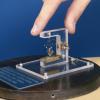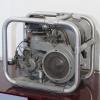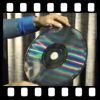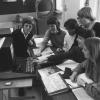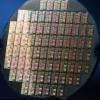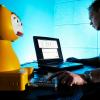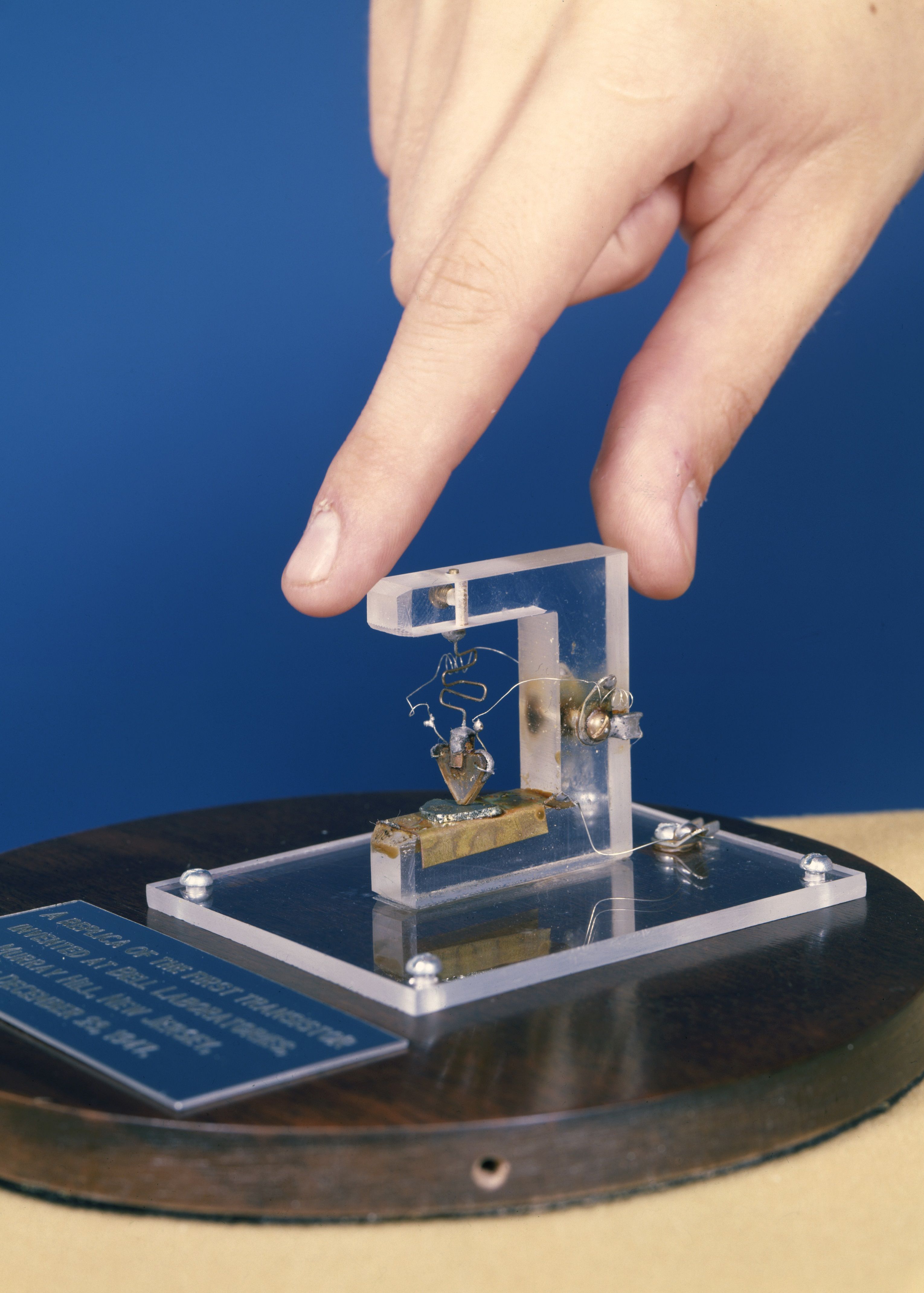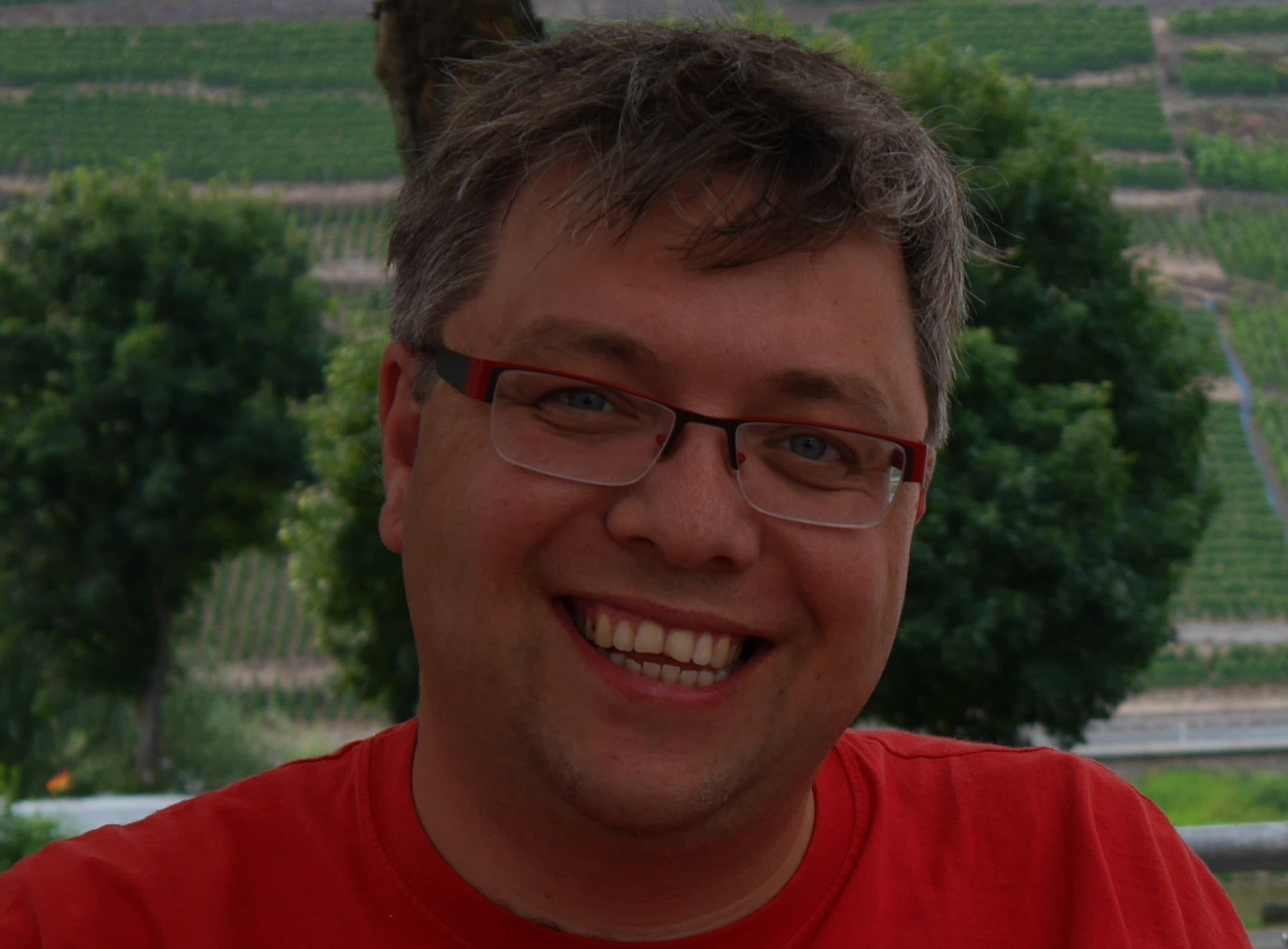Blinded by success
Internal research and application of American knowledge created a global position for Philips gloeilampenfabriek in the area of transistors. Success often blinded the company to better alternatives, however, so smart alliances were to make up for these missed opportunities.
Researchers at the NatLab in Eindhoven laid the basis for Philips roentgen apparatus, radios and transmitters, initially distributed in Europe. Each of these contained fragile so-called ‘radio lamp’ amplifiers. In the 1930s, Philips explored robust alternatives, especially when it came to the electro-magnetic effects of solids.
Philips applied the magnetic material ferroxdure, an early success, in its loudspeakers. The licenses brought Philips NatLab international fame and opened the doors to knowledge exchange with colleagues across the world.
In 1947, for example, American Bell Laboratories presented transistor effects in the semiconductor germanium. The NatLab immediately started its own research to catch up and was able to exchange knowledge with Bell during the transistor symposium of 1952. Philips was back on track.
Bulk production of transistors proved difficult. Together with a semiconductor factory in Nijmegen, the Netherlands, the NatlLab developed germanium ‘pushed-out-base’ (POB) transistors that were sold worldwide.
The success of these transistors almost blinded the NatLab researchers to the up-and-coming silicium transistors in the 1960s. Again Philips had to catch up, and now American companies did not eagerly exchange their knowledge. Eventually, Philips’ Swiss subsidiary Falsec helped out.
Strategic collaboration became increasingly crucial for successful research.

How to cite this page
Frank Veraart, 'Blinded by success ', Inventing Europe, http://www.inventingeurope.eu/story/blinded-by-success
Sources
- Mila Davids, Harry Lintsen en Arjan van Rooij, Innovatie en Kennisinfrastructuur, vele wegen naar vernieuwing, Boom Amsterdam, 2014
- F.Kees Boersma en Marc de Vries, Transitions in industrial research, the case of Philips Natuurkundig Laboratorium, (1914-1994), in Business History, 50 (2008), 4, 509-529
- M. Davids and G. Verbong, ´Absorptive capacity in solid-state technology and international knowledge transfer: the case of Philip´ in Comparative Technology Transfer and Society, 2007, 5(1): 1-27





